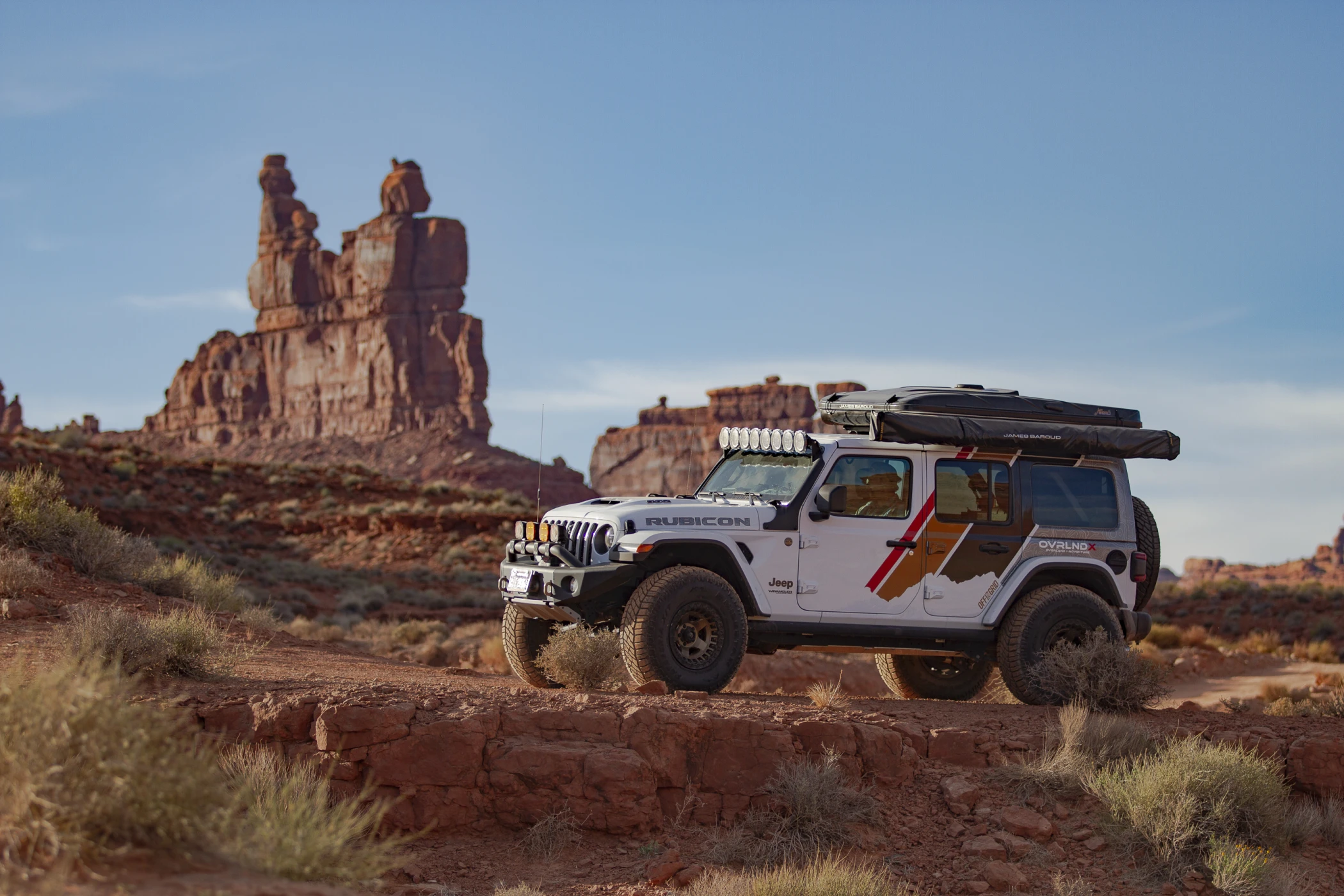
6 Beginner-Friendly US Destinations for Rooftop Tent Camping
31 Oct, 2025
Getting a rooftop tent is just the beginning. The real adventure starts when you decide where to take it. This list collects some great places to start rooftop-tent camping in the US It includes all kinds of places—dry deserts, rainy forests, and everything in between. With the right gear, you can enjoy them all.
Once you’ve picked your preferred destination, remember to also check entrance fees, campground availability, restrictions and pet policies (many parks only allow pets in certain areas like parking lots or campgrounds).
Zion National Park, Utah

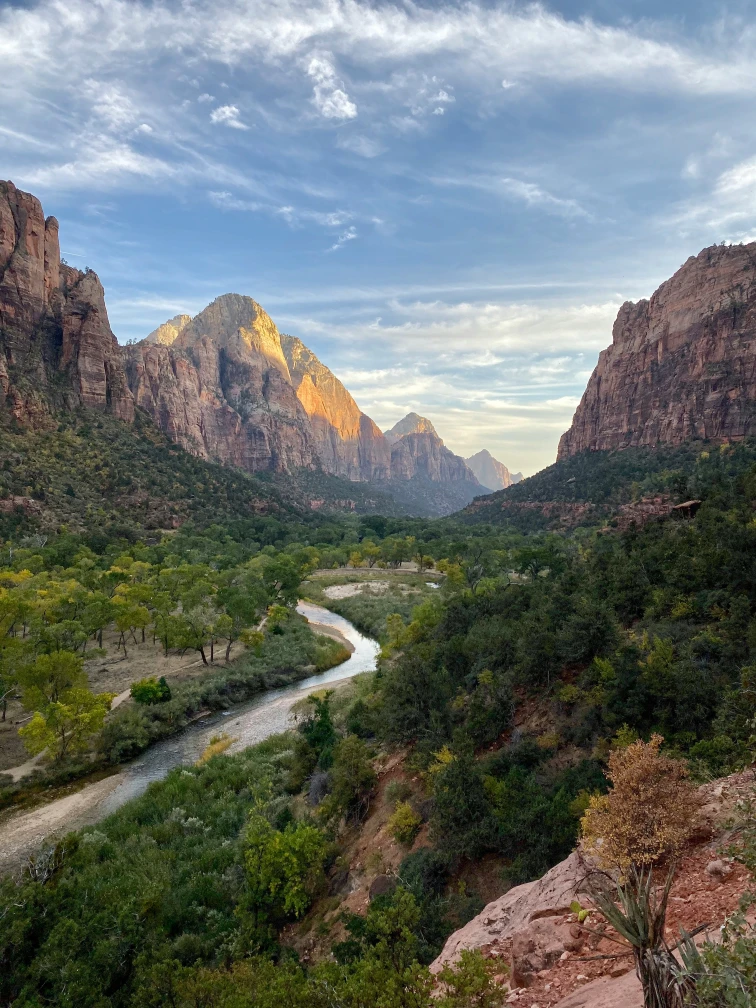

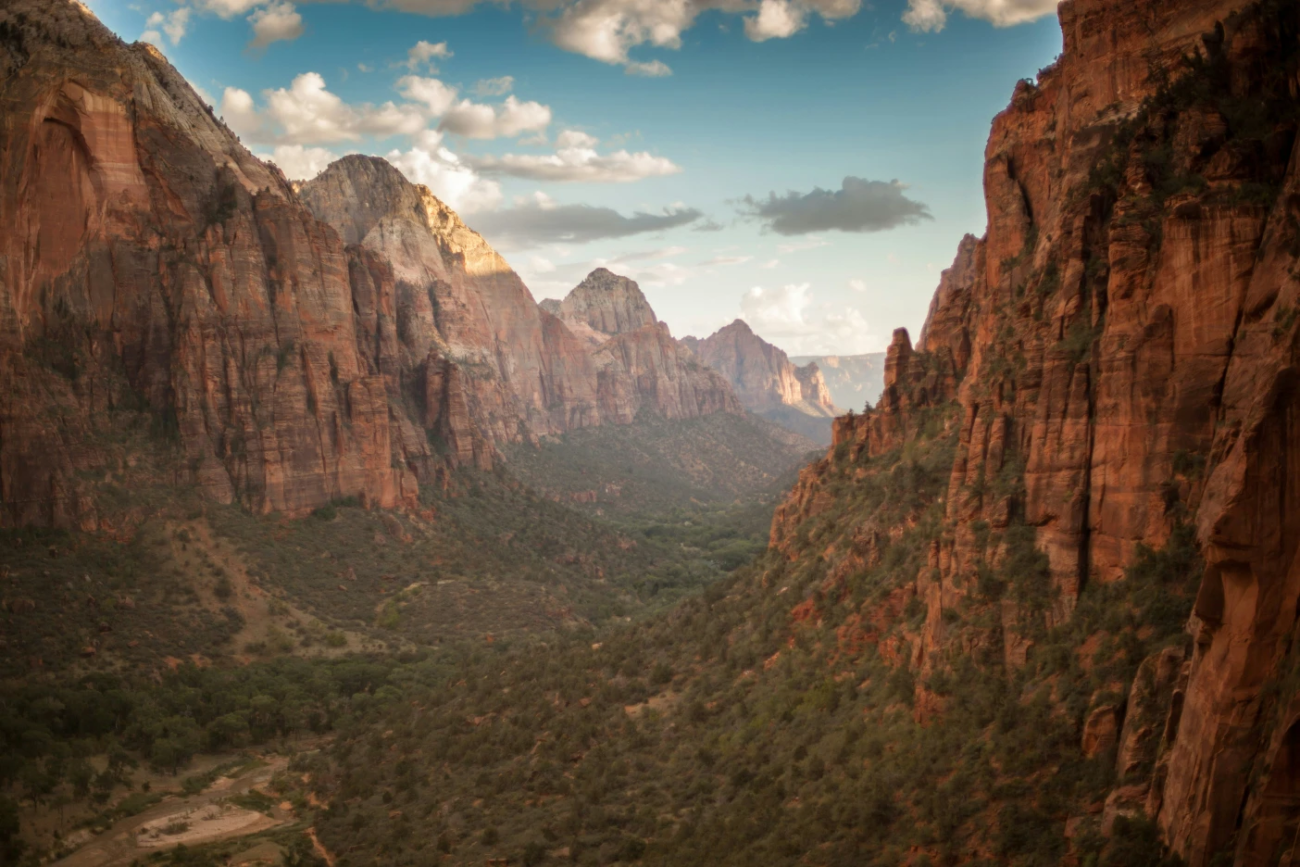
Zion is one of the best places for first-time rooftop tent camping in the US thanks to its accessibility, reliable cell service and amenities. There are two campgrounds: South Campground and Watchman Campground. Most of the roads are paved, so driving with your vehicle is an easy job. It’s ideal for families with kids, since the easier trails are accessible and safe. It can get crowded sometimes, but camping beneath canyon walls makes it all worth it.
Zion also has many hiking trails. The main scenic drive is closed to personal vehicles, so you’ll need to use the free park shuttle to reach popular trails like The Narrows, Angel’s Landing, and Riverside Walk. Other trails, such as the Watchman Trail and the Pa’rus Trail, are easily accessible on foot from the park entrance.
Best seasons
Fall and winter offer cooler temperatures and fewer crowds. summer is hot and more crowded, with potential monsoon activity from late July to September. Spring is lambing season so you may see some baby bighorn sheep on the road.
Travel tips
Pack light layers. Days are warm, but nights can be chilly. In summer, bring mosquito repellent and always carry extra water, the desert air is drier than it feels. Use the park shuttle for main trailheads.
Best gear
Evasion (XL if family) – room to breathe, quick pop-up comfort near established campgrounds.
Falcon 270° Awning + Walls (optional) – fast shade for lunch stops and naps between shuttle runs.
Family Room (annex) – adds a private changing/lounge space when campgrounds feel busy.
Anti-condensation pad – helps with night-to-morning temperature swings.
Why this setup works: paved access, family-friendly trails, hot days / cool nights, occasional crowds/shuttle.
Joshua Tree National Park, California
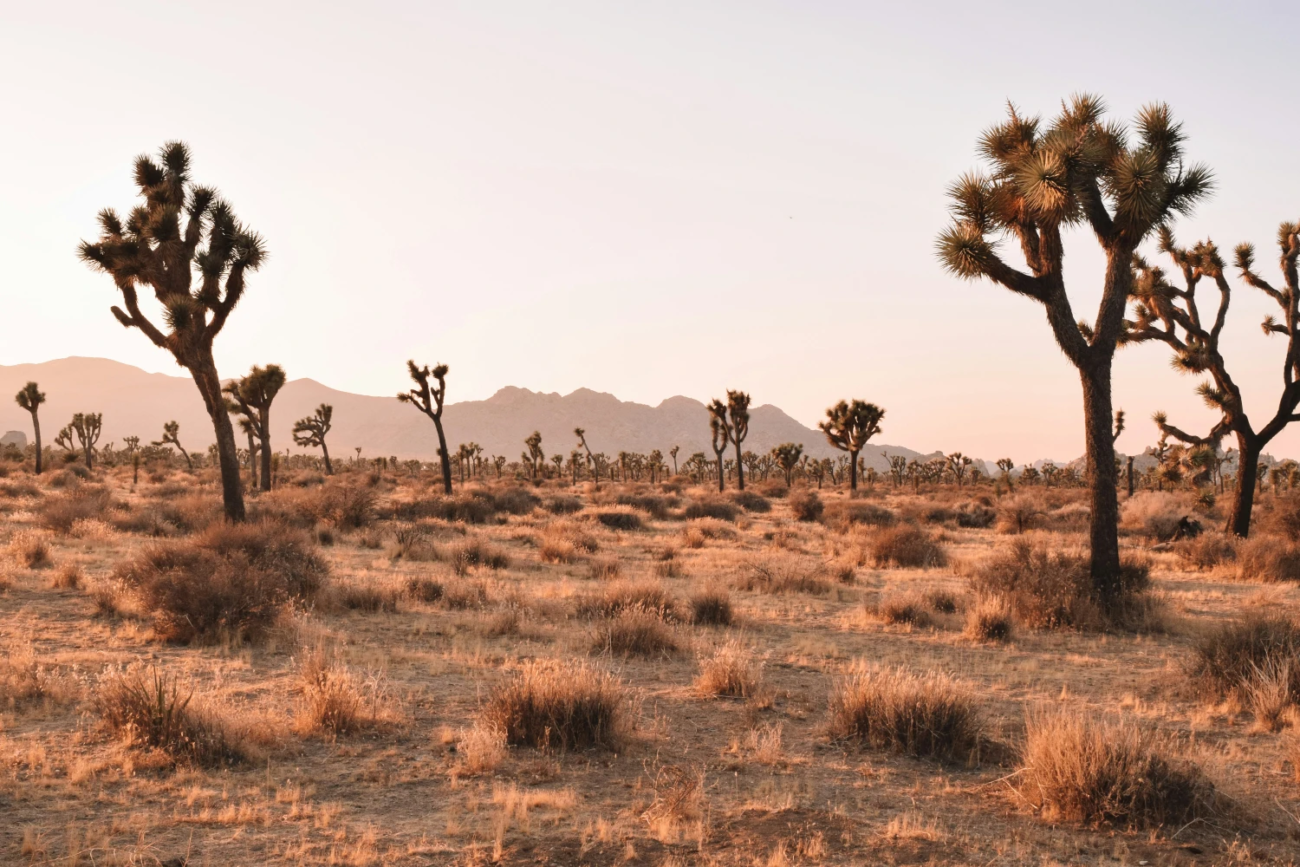
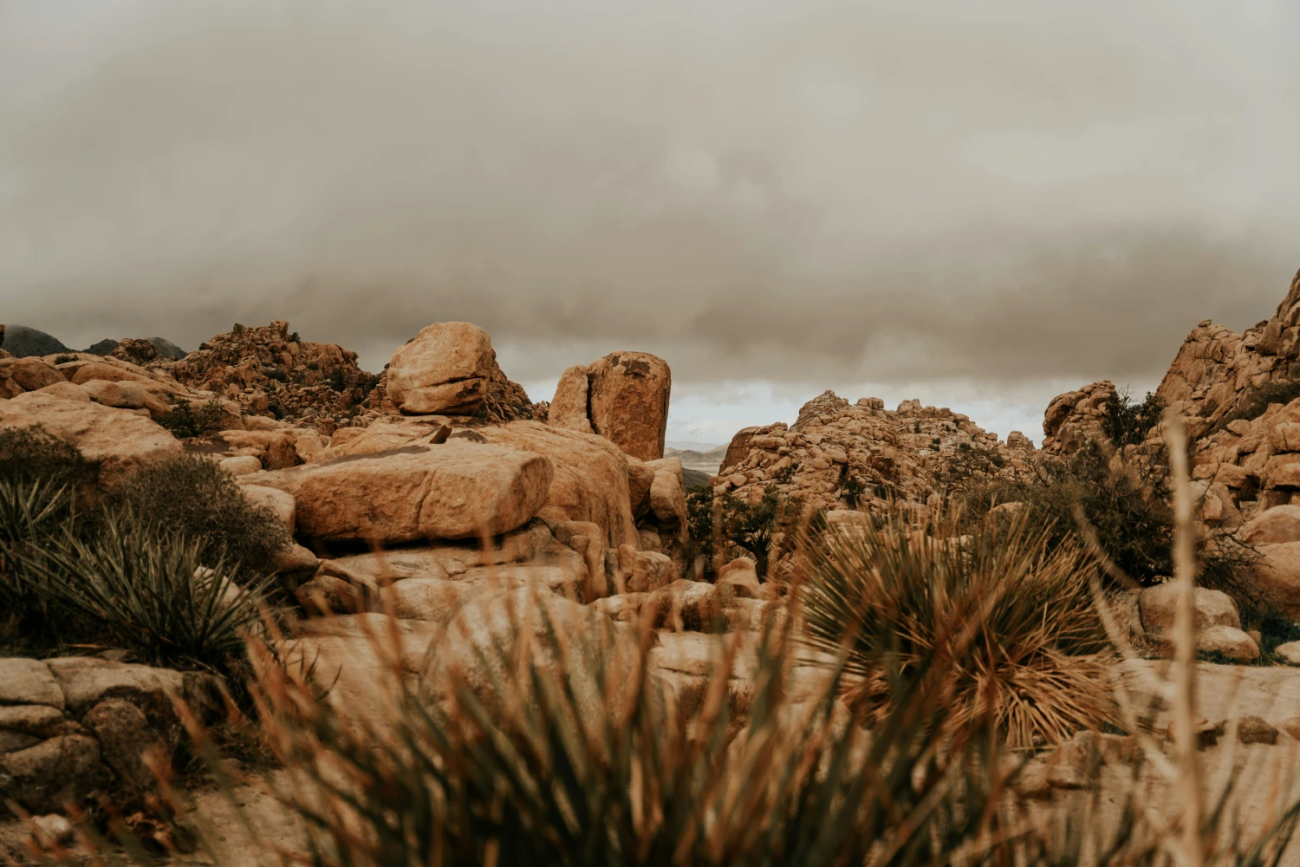
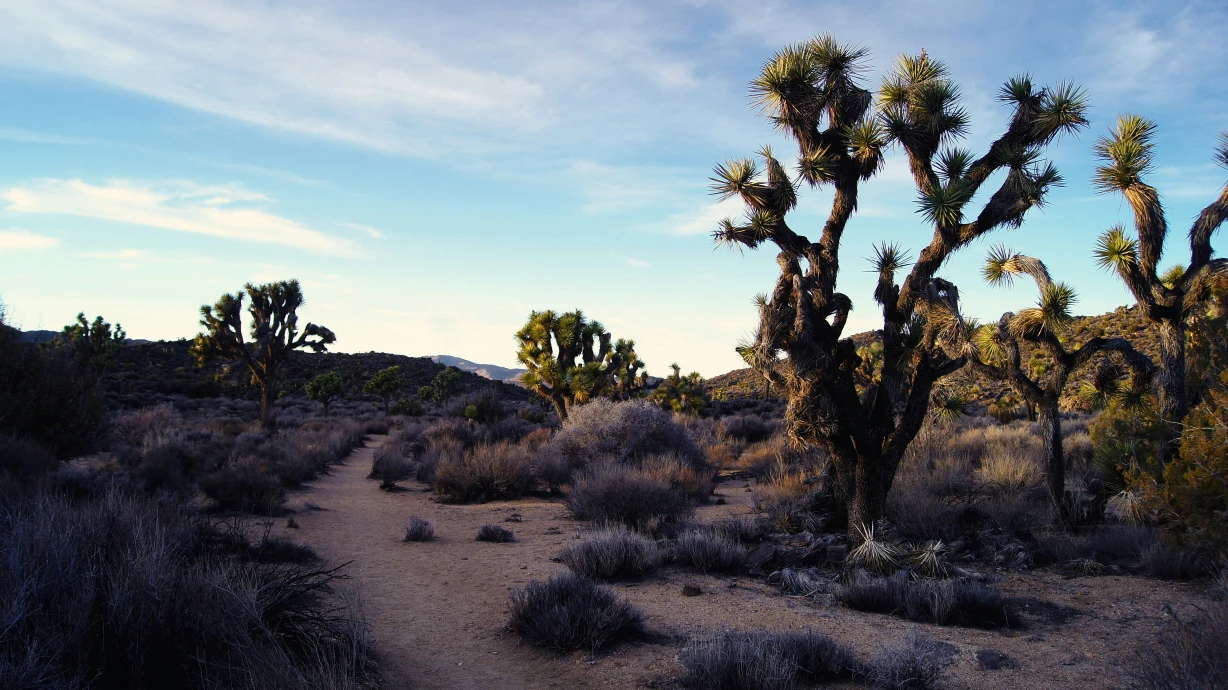
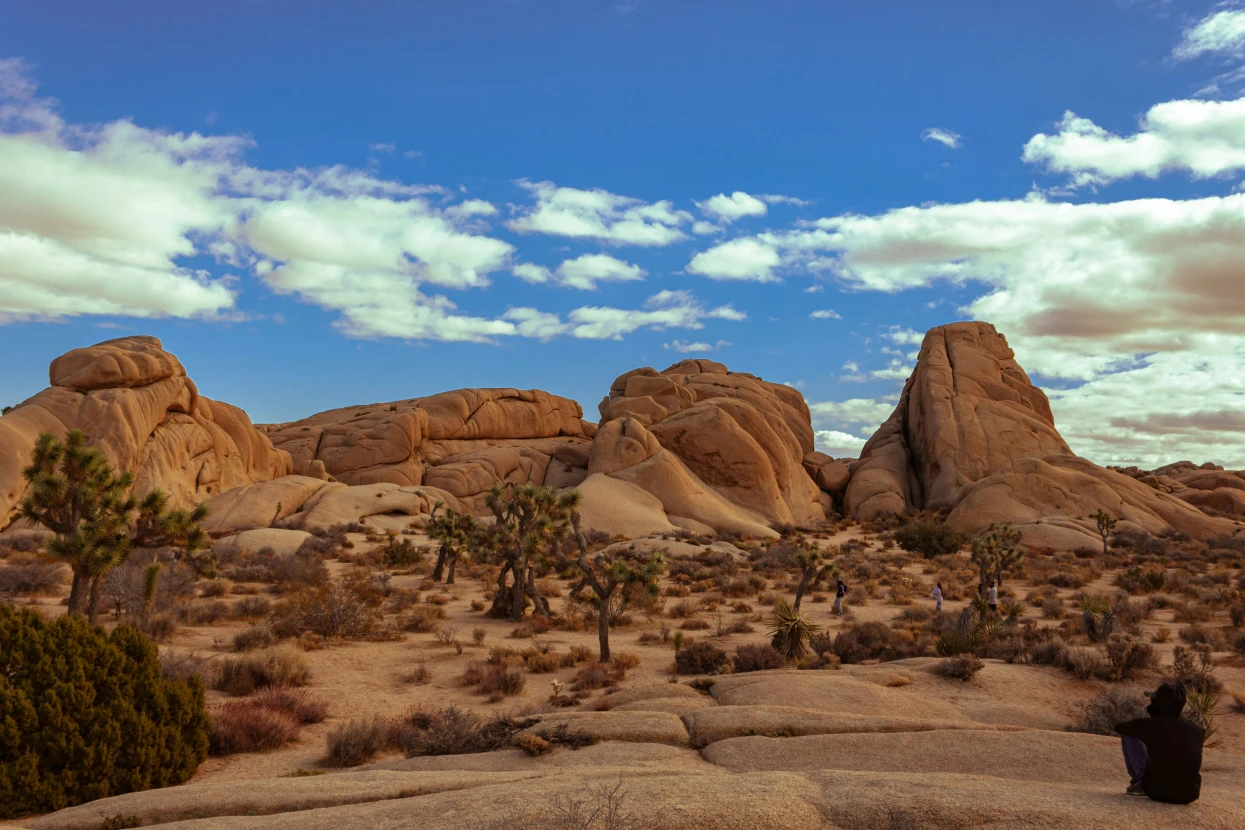
Joshua Tree is perfect for those who want to experience the silence and scale of the desert without needing expert-level gear or experience. The north side of the park features easy hikes like Hidden Valley and Skull Rock, and iconic desert views filled with Joshua trees and massive rock formations. It’s also a favorite among night photographers and stargazers.
The park includes 9 official campgrounds. Hidden Valley, Belle, and White Tank are among the most popular. (Note: Belle and White Tank close during the summer due to extreme heat.)
Best seasons
March, April, October, and early November. You’ll avoid extreme heat and catch the wildflower bloom. Expect some crowds during these windows, but it’s worth it.
Travel tip
There are no gas stations, grocery stores, or water sources inside the park. Come prepared with all essentials, download maps ahead of time, and bring UV protection like sunglasses. James Baroud rooftop tents include integrated storage and UV-blocking materials to help during long sunny days.
Best gear
Magma (Line-X coated hardshell) – extra exterior durability + slick integrated details for dusty desert trips.
Falcon 270° Awning – real shade in treeless camps; packable and quick to deploy.
Storage Box – staging water, soft goods, and day gear when you’re far from services.
LED Lighting Kit – low-draw interior light for stargazing camps.
Why: big sun, no services inside the park, star-gazing nights, simple access on the north side.
Olympic National Park, Washington
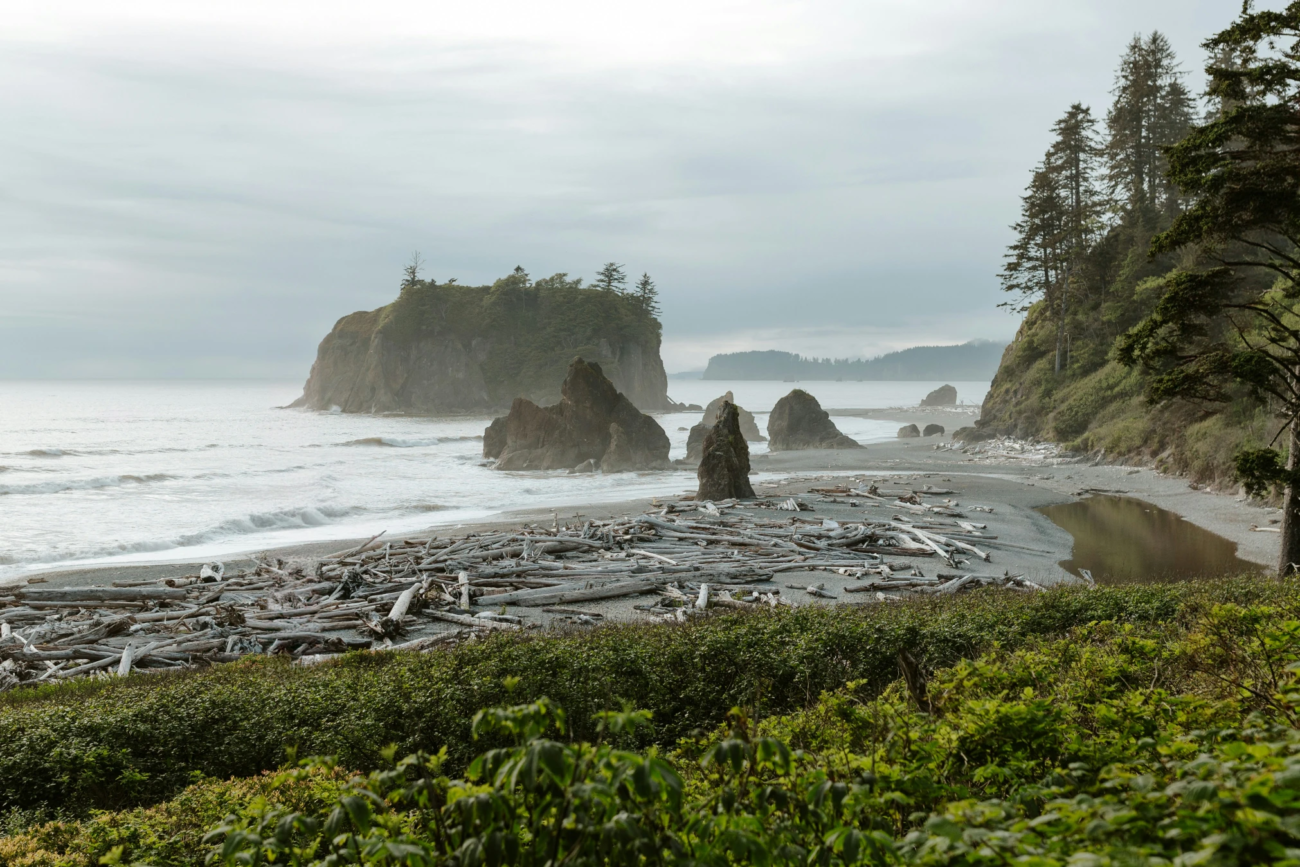
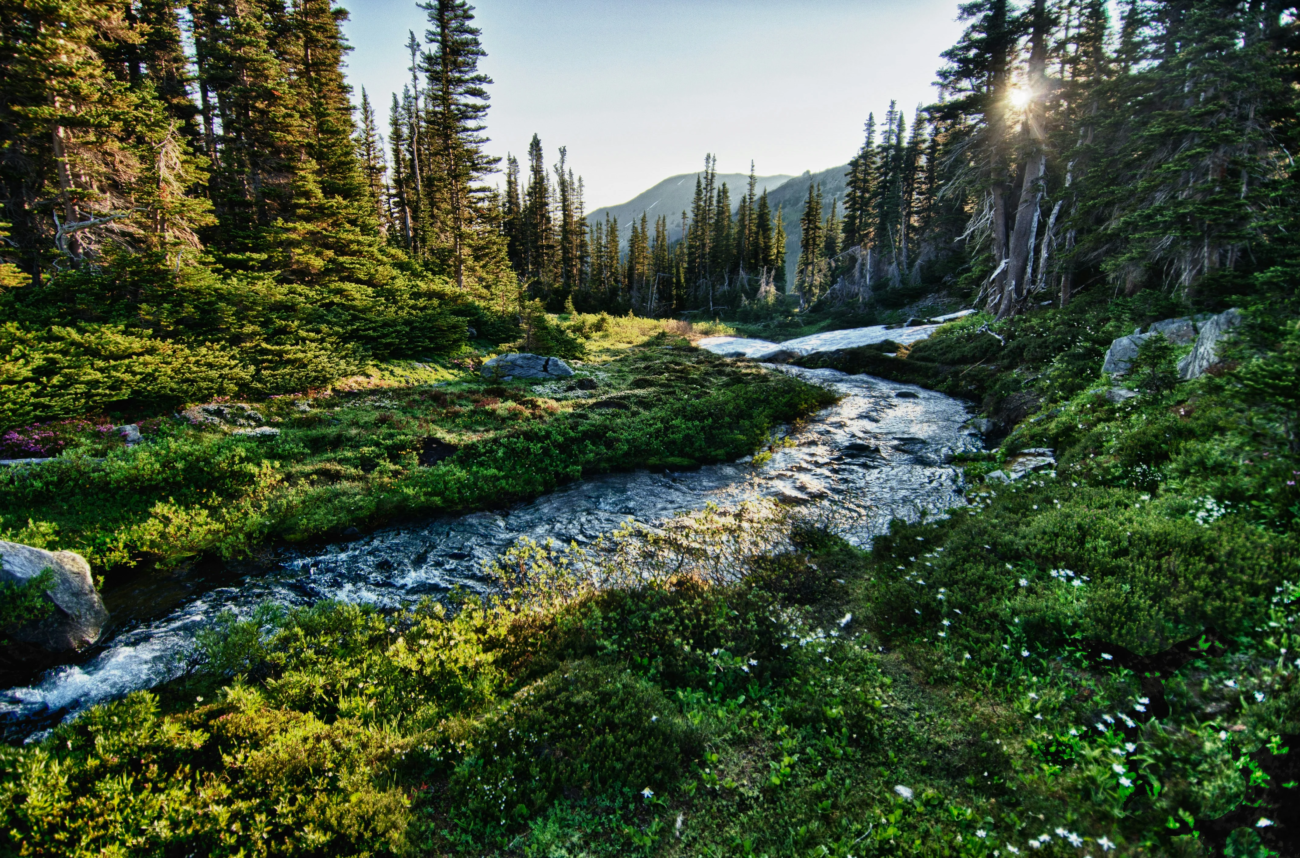
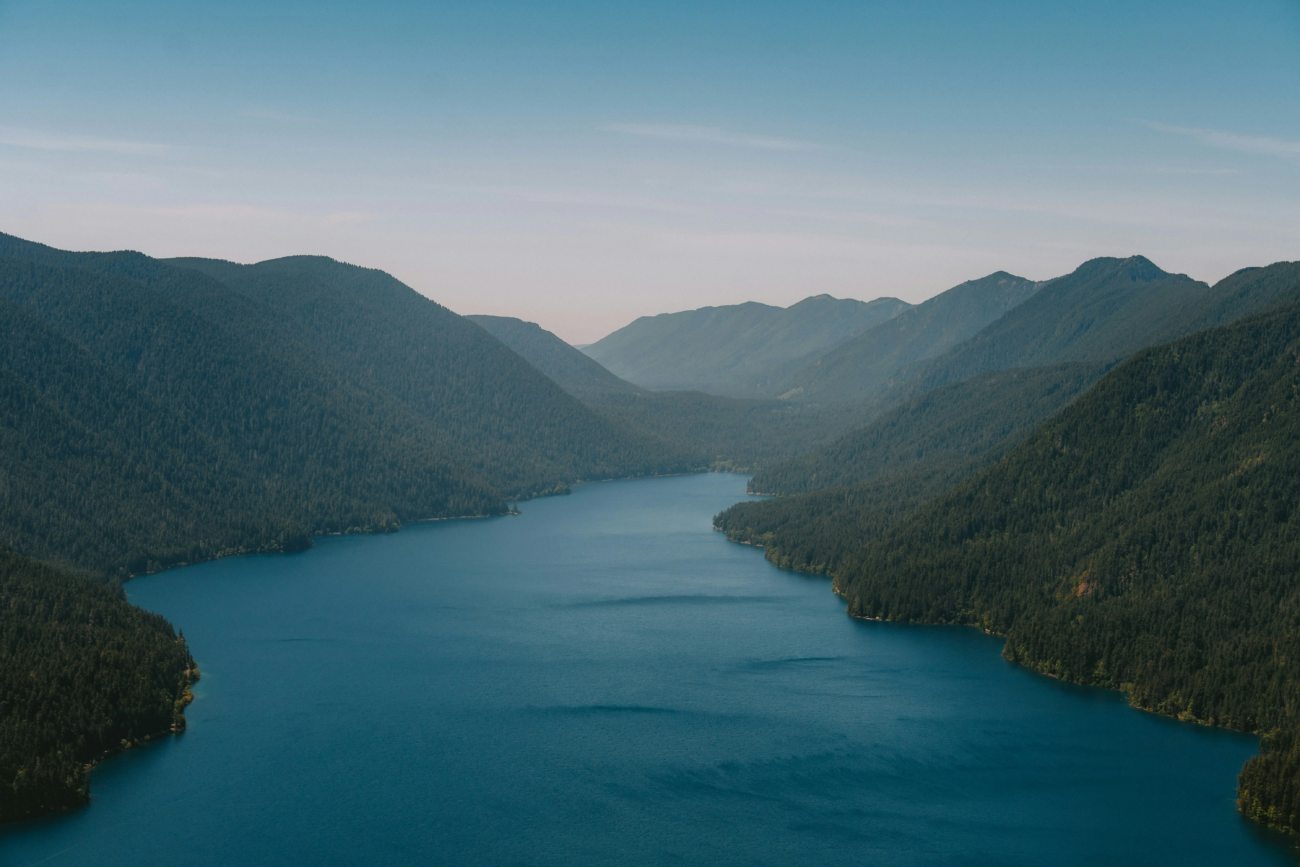
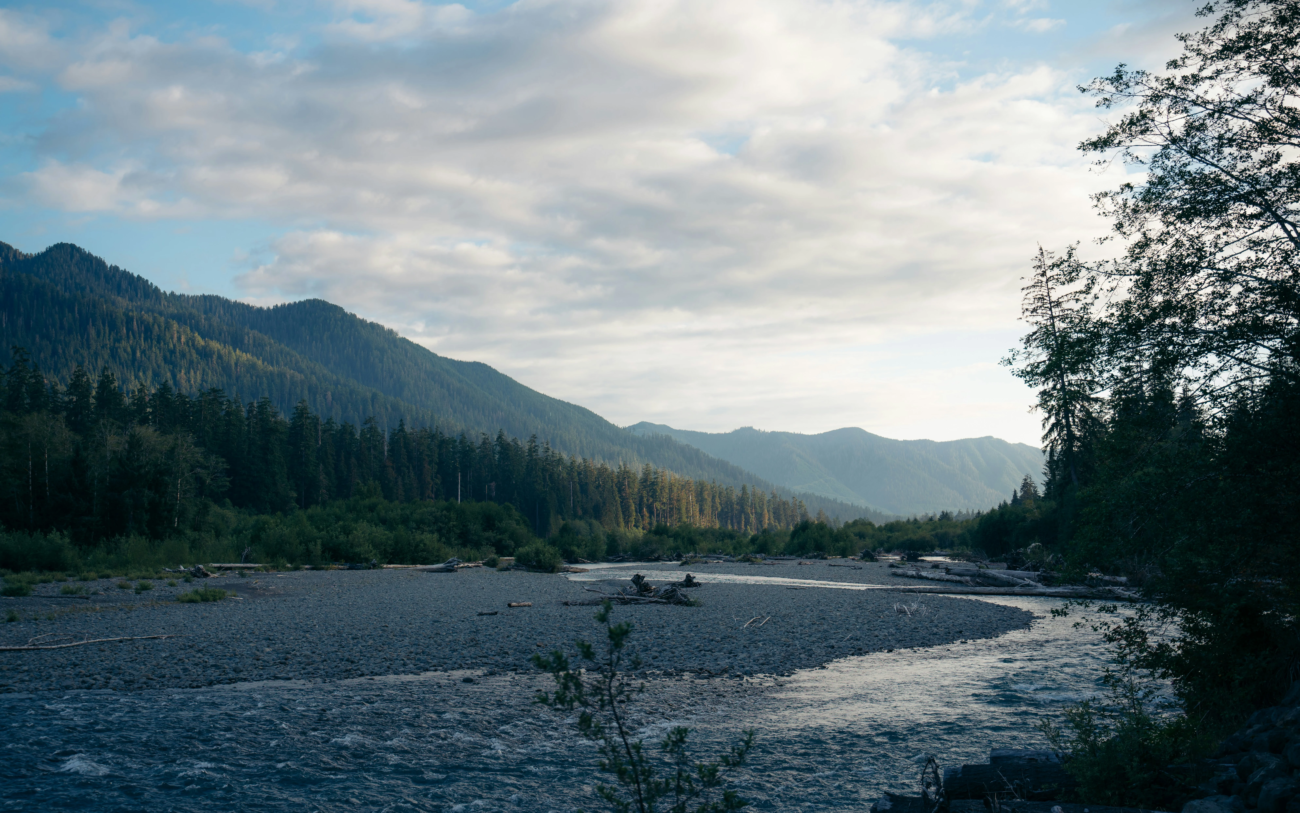
Olympic offers a wild, misty, and diverse introduction to camping. It’s one of the most complete destinations in the US for both camping and overlanding. This stunning park combines the Pacific coastline accessible via Kalaloch Lodge, the Hoh Rain temperate forest, and glacier-capped mountains.
There are 7 campgrounds that accept reservations during summer. There are also 7 other campgrounds that offer first-come, first-served reservations, with some on the beach. This is a great option to camp if you like being close to some restaurants and cafés nearby. Many of the trails are pet-friendly, which is a huge plus for animal lovers.
Best seasons
Late May to early June, or September, if you want to be surrounded by lighter crowds and mild weather.
Travel tip
Weather conditions shift quickly. Bring layers, extra food, and waterproof gear. A waterproof rooftop tent is essential—James Baroud tents are designed to perform well in rain-heavy environments.
Best gear
Odyssey – premium weather protection and comfort proven in rain-heavy trips.
Frontier Tunnel – keeps rain out with the door open; reduces flapping/rattle compared to DIY rigs.
Anti-condensation pad – fights moisture in damp air.
Classic Awning + Walls – dry cooking/eating space when showers pass through.
Why: frequent rain, salty/wet coast, temperate rainforest, variable mountain weather.
White Mountain National Forest, New Hampshire
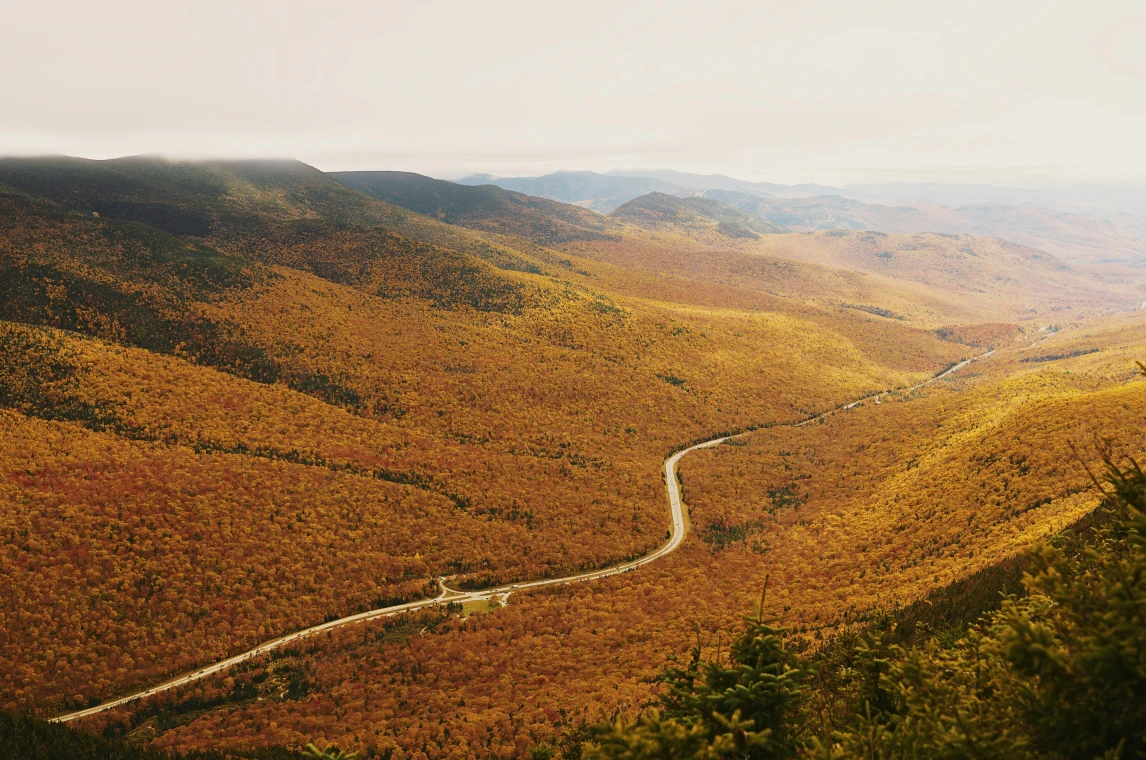
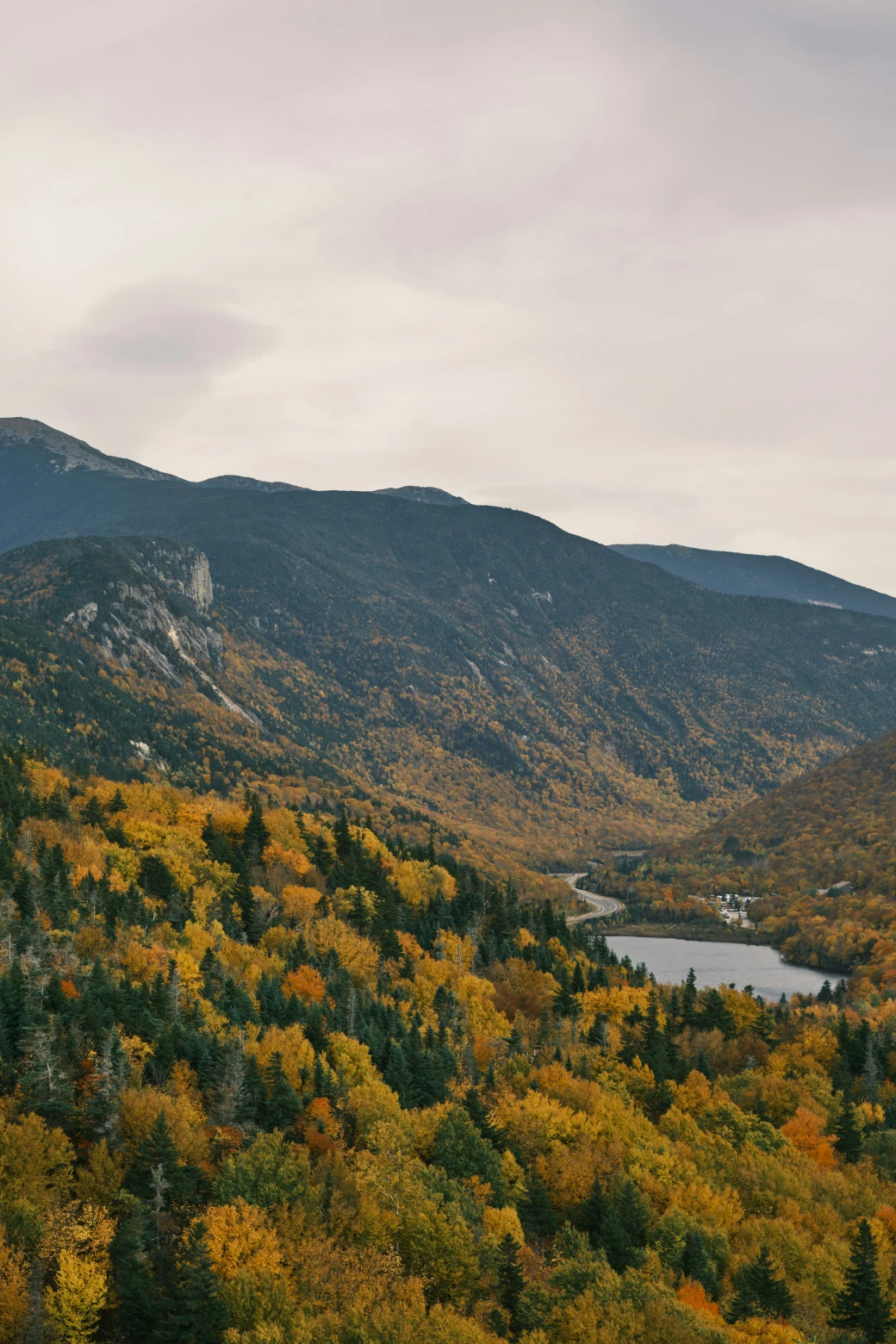
The White Mountains are an East Coast must, perfect for outdoor activities and camping. You’ll find moss-covered trails and misty views from the Kancamagus Highway. Diana’s Baths has beautiful waterfalls and swimming holes. The trails around Franconia Notch State Park, like Flume Gorge, are a must. For more challenging roads do a moderate climb up Mount Chocorua.
Campgrounds like Russell Pond offer easy access and lake views. More rustic sites, such as Blackberry Crossing or Sandwich Notch Road, provide a more remote camping feel. Most sites are car-accessible and shaded which create ideal conditions for rooftop tent camping beginners.
Best seasons
Late spring and early fall offer the best balance of weather and scenery. Wildflowers in May and fall foliage in October are major highlights.
Travel tip
Secure all food and gear to avoid attracting wildlife. Some campgrounds have basic amenities, but always bring hygiene essentials just in case.
Best gear
Discovery – quick solo setup; great when you’re hopping sites along the Kanc.
Falcon Awning + Mosquito Room – shade and bug relief at lake/river sites.
Anti-condensation pad – comfort bump for cool, damp nights.
Why: mixed weather, shaded sites, bugs in season, lots of short hikes and scenic drives.
Big Bend National Park, Texas
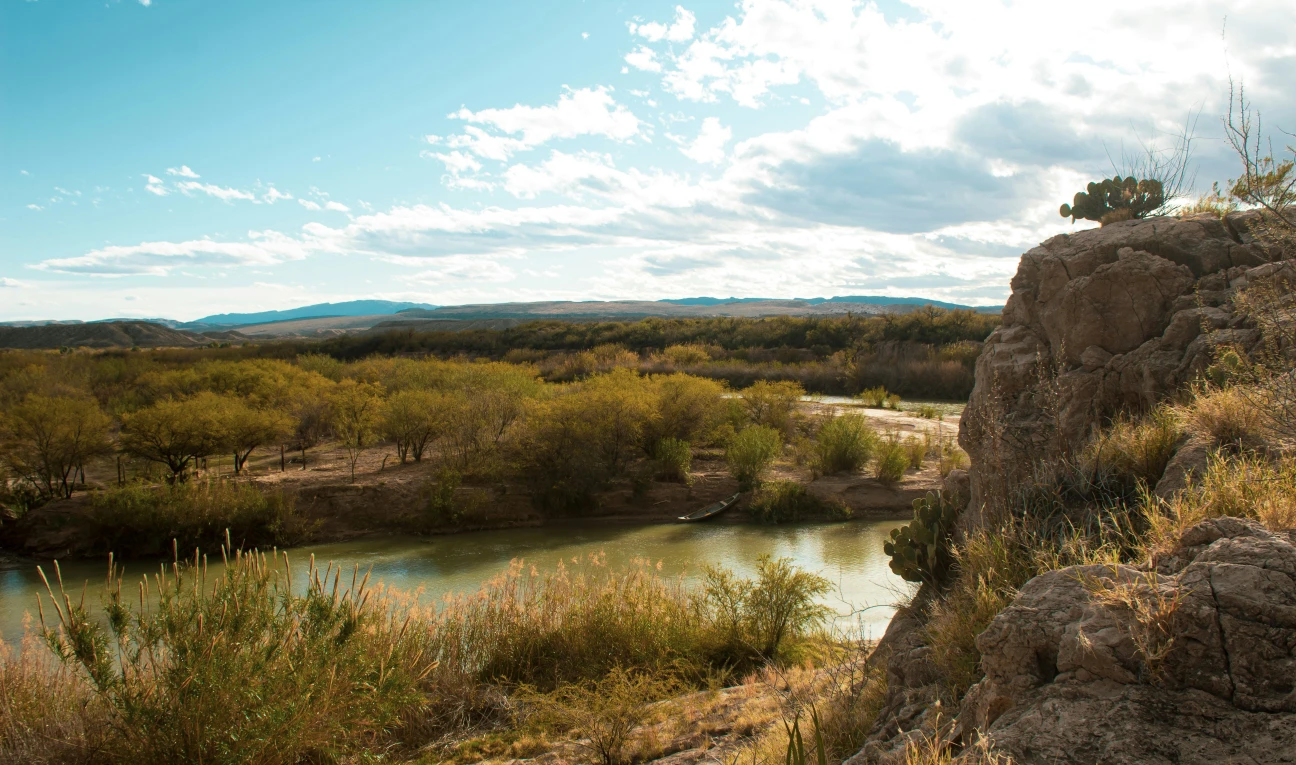
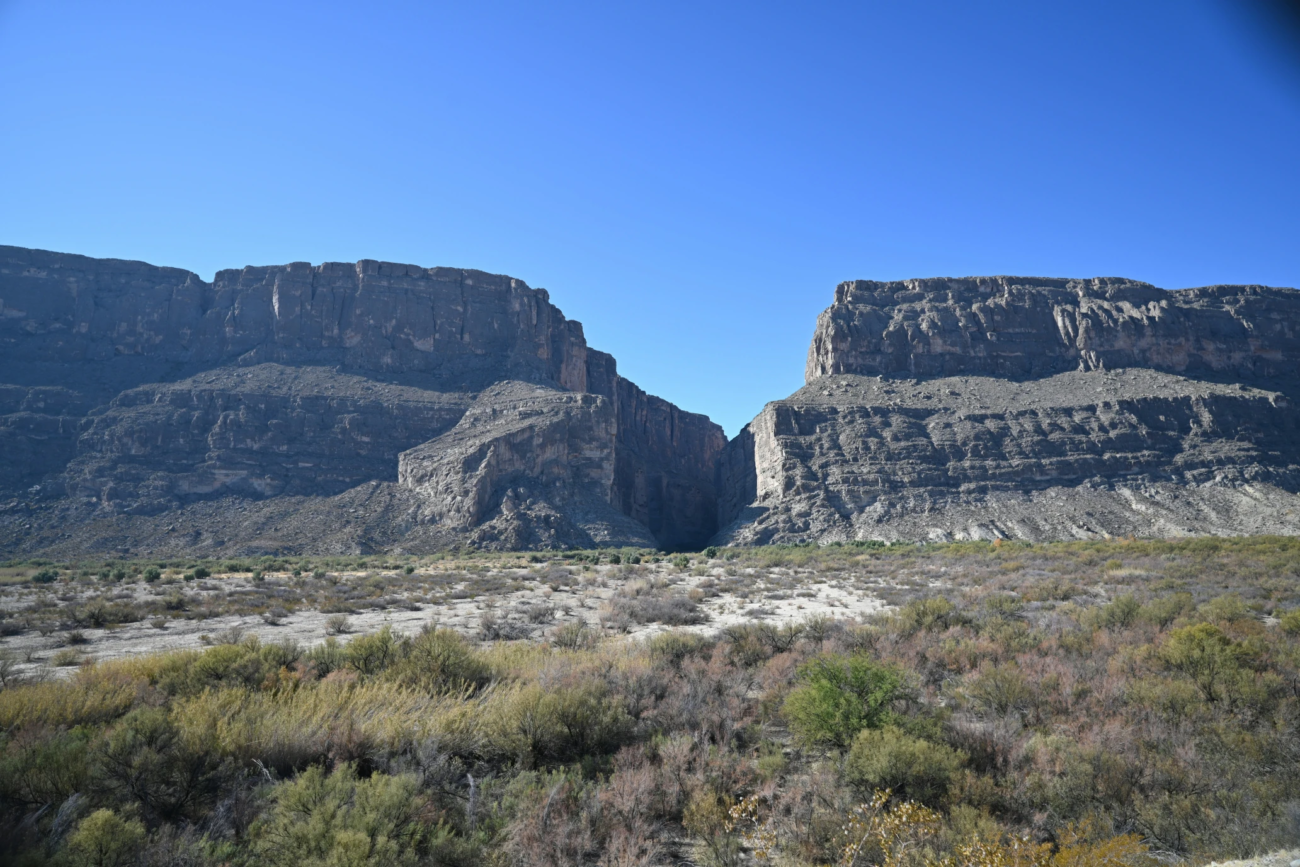
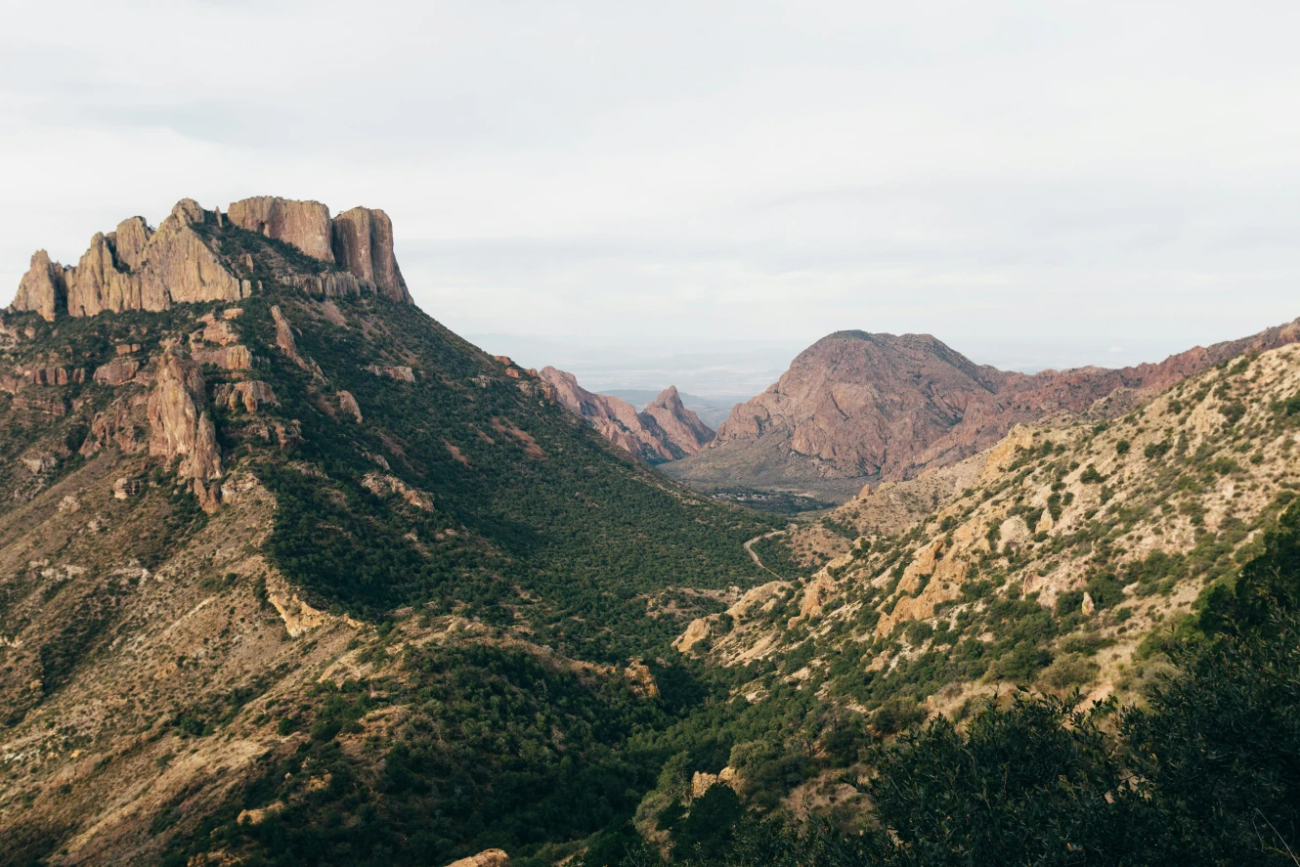
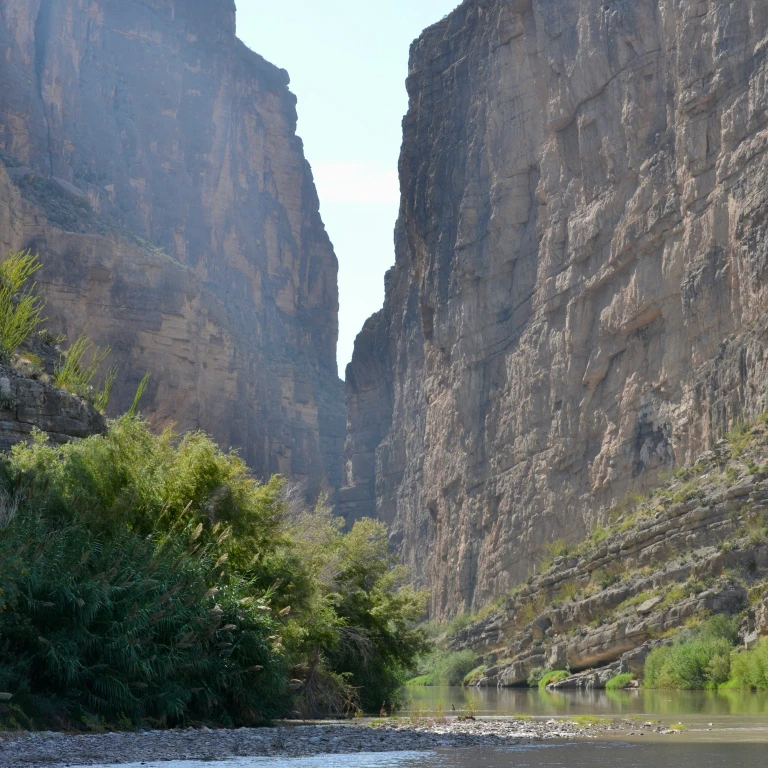
Big Bend is vast and quiet. It’s the kind of place that makes you slow down and look up. You’ll get clear skies, desert views, and the great Chisos Mountains rising in the distance. For camping, the park offers diverse options. Rio Grande Village Campground offers riverside camping with more amenities and can be a good base for exploring the lower desert. Chisos Basin Campground is located near the mountains, providing cooler temperatures and trail access.
Big Bend works for both experienced overlanders and those doing their first camping trip. It is always pretty hot, so make the most of early mornings for activities like hiking the Window Trail. After dusk, prepare for a stargazing experience that’s impossible to forget, as Big Bend boasts some of the darkest night skies in the country, often revealing the Milky Way.
Best seasons
lan around the intense desert heat, especially from late spring through early fall. For wildflowers, aim for March or April—but expect more visitors.
Travel tip
Sun protection, layered clothing, and lots of water. Plan ahead and fuel up before entering the park because the closest gas station is 30 minutes away.
Best gear
Grand Raid – expedition-grade shell built for heat and rugged mileage.
Falcon 270° Awning – real shade is safety gear here.
Falcon Shower – quick rinse to cool core temp and reset for the evening.
Storage Box – water and resupply management between far-flung stops.
Why: intense sun and heat, big distances, exposed campgrounds, world-class night skies.
Yellowstone National Park, Wyoming
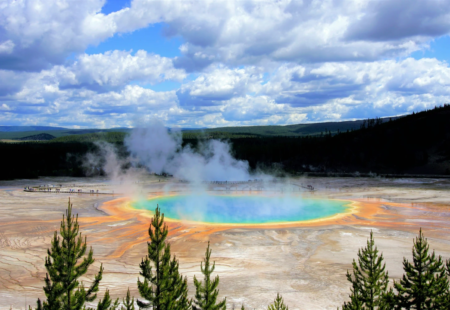
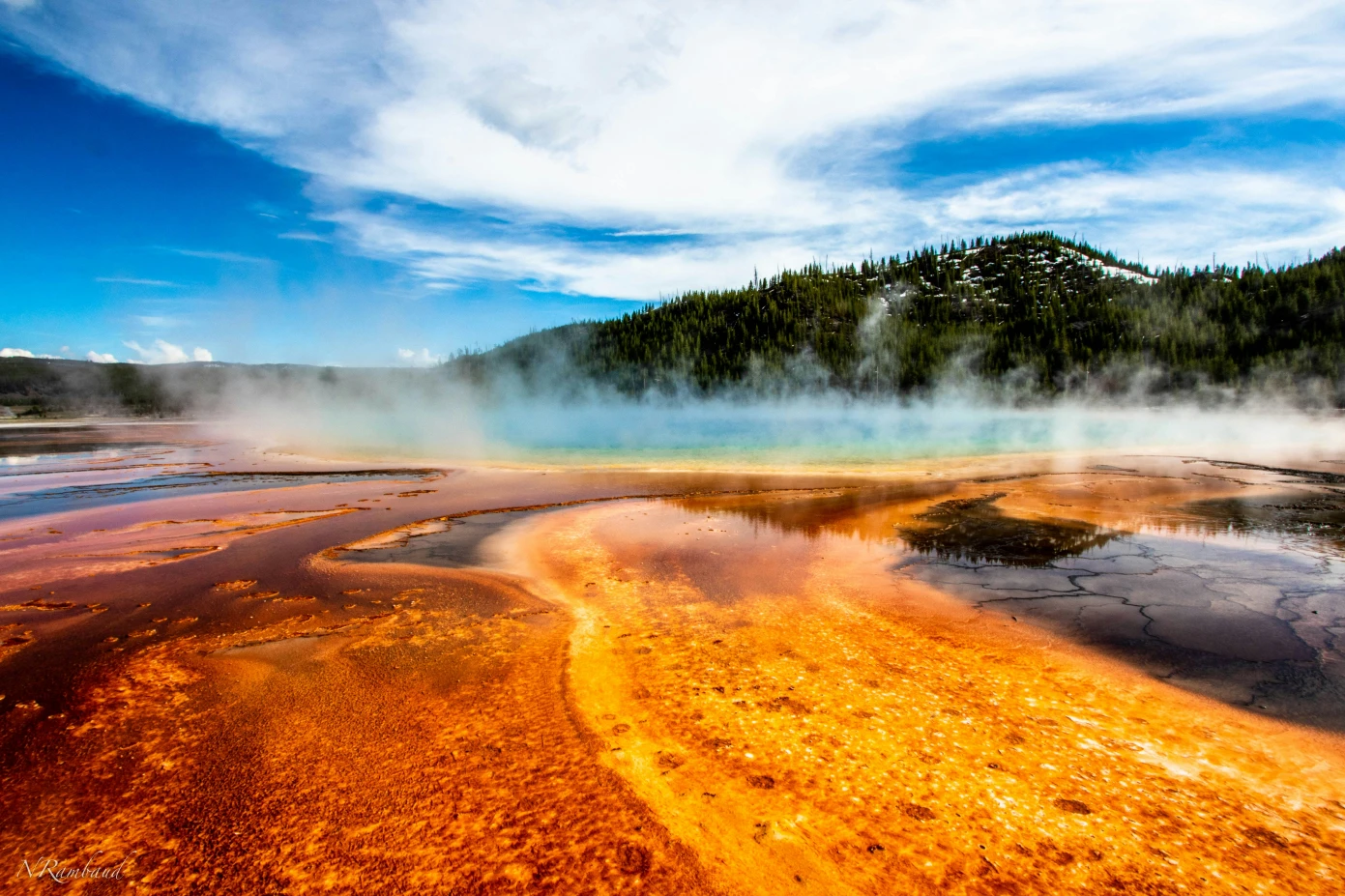



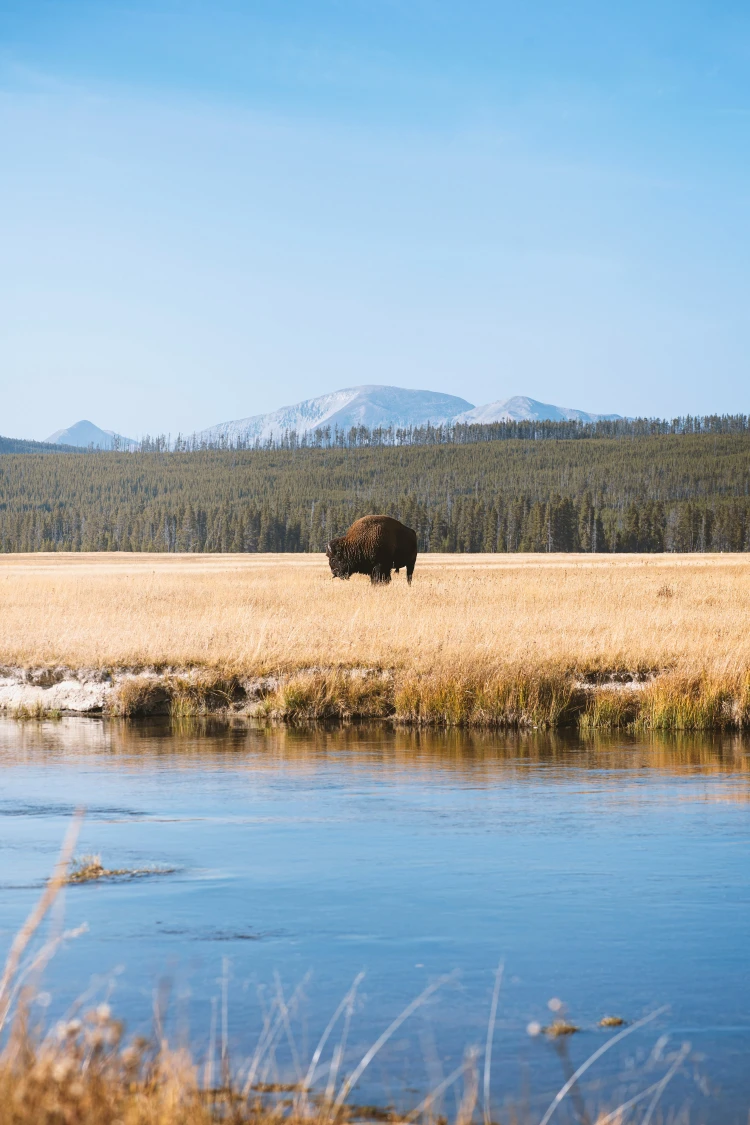
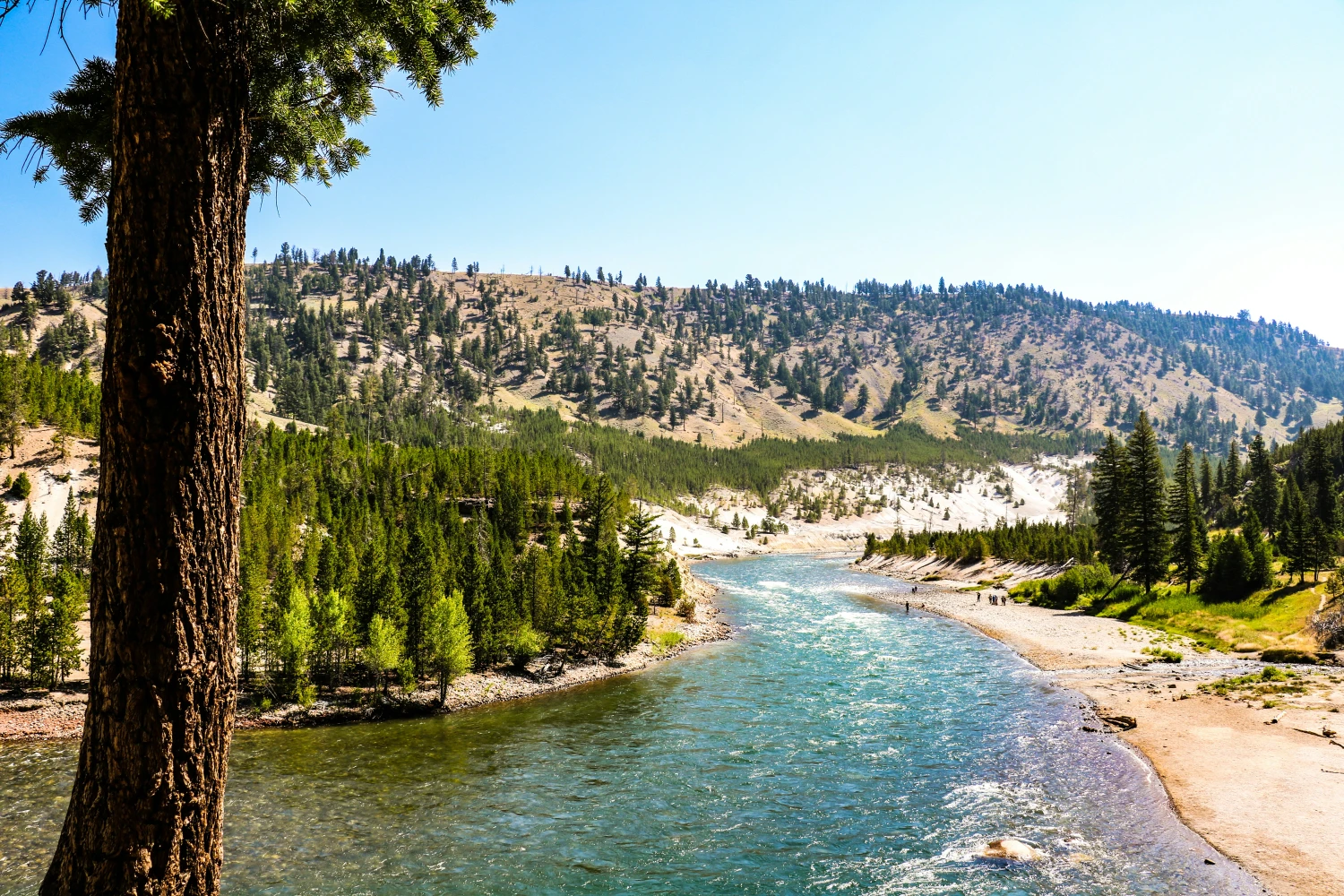
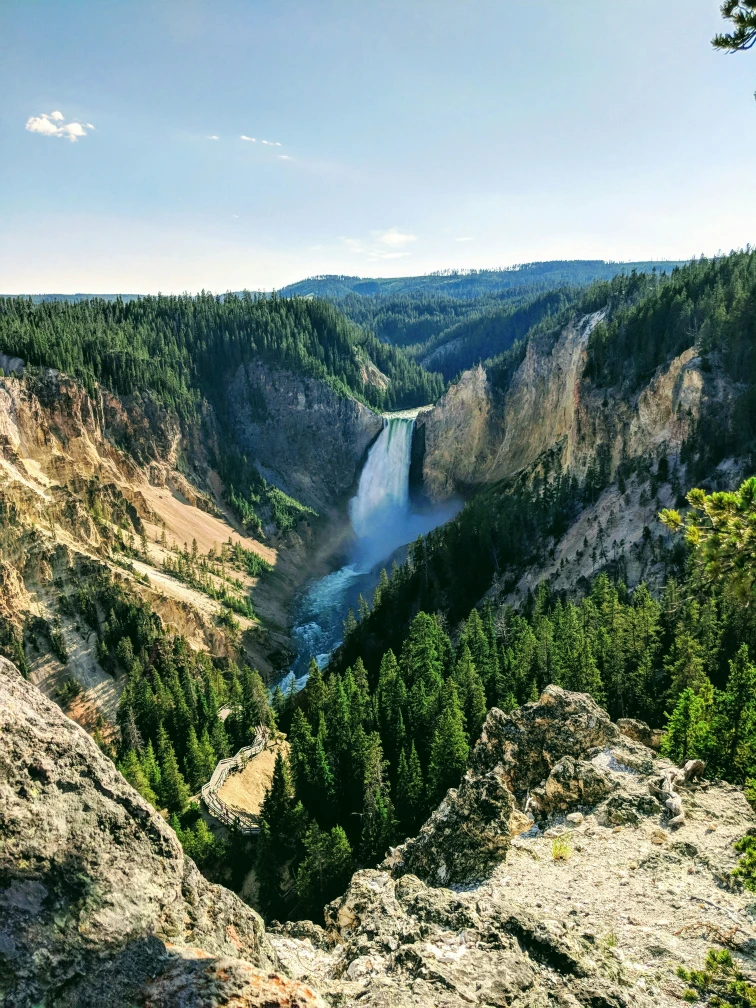
Yellowstone is also a very diverse spot where you’ll find bubbling geysers, alpine lakes, wildlife, and well-managed campgrounds. For wildlife lovers, Lamar Valley is a quieter, less touristy area perfect where you can spot animals. Old Faithful is a must-see too, but you’ll want to stay more than one day to explore deeper. There are also boardwalk trails, alpine lakes, and plenty of family-friendly routes.
Campground options range from rustic (Pebble Creek, Slough Creek) to more developed sites like Bridge Bay or Madison Arm Resort. Rooftop tent campers should prepare themselves for cooler nights and changing weather. We recommend storing food securely to keep it safe from wildlife, and arriving early to secure your spot during peak seasons.
Best seasons
May and October offer fewer crowds and more wildlife sightings. June–September is peak season, so book early if traveling during that window.
Travel tip
Be ready for some cool nights, fast-changing weather, and limited cell service. Download offline maps and always store food securely to protect wildlife and gear.
Best gear
Grand Raid – handles wind, rain, heat/cold swings with a tough composite shell.
Thermal Insulation Kit – adds warmth for shoulder seasons without bulk.
LED Lighting Kit – tidy interior light when generators/lanterns aren’t welcome.
Anti-condensation pad – less moisture buildup in alpine overnights.
Why: cold nights even in summer, fast-changing weather, wildlife safety protocols.
FAQ
National parks & popular sites: Book 3–6 months ahead for peak season. Shoulder seasons fill more slowly but still require planning.
First-come/first-served campgrounds: Arrive early in the day (often before noon). Have a Plan B nearby.
Permits & passes: Some parks require a day-use or timed-entry permit separate from campground reservations. Check pet rules, fire restrictions, and shuttle schedules (e.g., Zion’s scenic drive).
Download maps and confirmations; cell service can be spotty.
You’ll need a roof rack with two crossbars that meet the tent’s dynamic (driving) and static (parked) load ratings.
Verify bar spacing and clamp compatibility with your vehicle/rack.
If you’re unsure, ask us. Share your vehicle, current rack, and travel party size, and our team is always glad to help.
Read: What roof rack to use for your rooftop tent?
Dynamic = the roof/rack load while you’re driving (must cover tent + mounts + cargo).
Static = the parked load (supports people + bedding). Static capacity is higher because the vehicle isn’t moving. Always follow the lower of your vehicle/rack/tent specs.
Solo/duo, frequent moves: A quick-deploy hardshell like Discovery (fast setup, compact).
Comfort-first & views: Evasion (panoramic windows, spacious feel) or Odyssey (sound insulated, best fabric).
Rugged travel & desert brush: Magma (Line-X coated shell, integrated LED, storage options).
Long trips / variable weather: Grand Raid (expedition shell, excels in wind and mixed conditions).
Size up to XL for tall campers, kids, or a dog.
With a hardshell, expect ~15–30 seconds to open, plus a couple minutes to stage bedding and ladder.
Pro tip: Pack bedding inside the tent (compatible models) to speed things up.
Read: How to Open and Close a Rooftop Tent
High-density memory foam mattresses reduce pressure points; add an anti-condensation pad to boost airflow under the mattress and cut moisture.
Vent two sides slightly even on cold nights to prevent condensation.
Bring a real pillow and a light + a warm layer (mountain/desert temps swing fast).
Read: How to Prevent Condensation in a Rooftop Tent
Pitch with natural shade when possible; deploy an awning for mid-day downtime.
Open all-around vents/windows for cross-breeze; a small rechargeable fan is gold on still nights.
Hydration rule of thumb: 3–4 liters per person/day, more with heat or hiking.
Plan hikes for early morning or late afternoon; siesta at camp mid-day.
Add a thermal insulation kit if you expect near-freezing temps.
Sleep system: moisture-wicking base layer + beanie beats piling on heavy clothes.
Vent a crack to reduce condensation even in cold conditions.
Arrive with waterproofs (shell + pants) and a drying plan (microfiber towel, mesh bag).
Use an awning or annex to create a dry cook/eat zone.
Angle the vehicle so water sheds away from the ladder entrance.
Read: How to prepare for a rainy campout
Choose high, durable ground (avoid washes) and face the shell into or across prevailing wind.
Carry leveling blocks; level front-to-back first for better sleep.
Respect neighbors: mind headlights, quiet hours, and generator rules.
In bear country, store all food, coolers, toiletries, trash in approved bear boxes or vehicle per park rules, never in the tent.
Keep a clean camp: cook and eat away from the ladder, wipe surfaces, and pack out scraps.
Observe wildlife from distance; never approach or feed.
Zion and Yellowstone have pockets of service; Joshua Tree and parts of Big Bend and Olympic can be dead zones.
Download offline maps, trail info, and reservations before you enter the park.
Many parks restrict pets to campgrounds, paved areas, and parking lots. Check local rules and never leave pets in hot vehicles.
Pack extra water for dogs; protect paws from hot rock and sand.
Read: How to Use a Rooftop Tent with a Dog
Many regions have seasonal fire bans; carry a gas stove and check current restrictions.
Grease & gray water: strain and pack out; never dump in camps.
Follow Leave No Trace: stay on durable surfaces, keep noise and lights respectful, leave the site cleaner than you found it.
Air down only if you know your vehicle/rack limits and can reinflate; otherwise stick to posted speeds, avoid washboard braking, and keep a safe following distance.
After rough roads, re-torque rack/tent hardware.
Close and latch the tent when you’re gone for hours or in gusty wind.
Store valuables out of sight; use a lockable storage box for small essentials.
In busy areas, consider simple cable locks for loose items (chairs, tables).
Keep the first trip to 1–2 nights at a serviced campground.
One marquee hike or activity per day.
Build buffer time for sunset setup and slow coffee in the morning, it’s part of the fun.
Keep reading
Want to have your own adventure?
Talk to us
Our specialists are here for any questions you might have, from car fitment to choosing the best tent for your needs, you can count on us.
